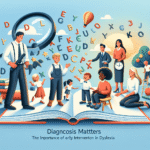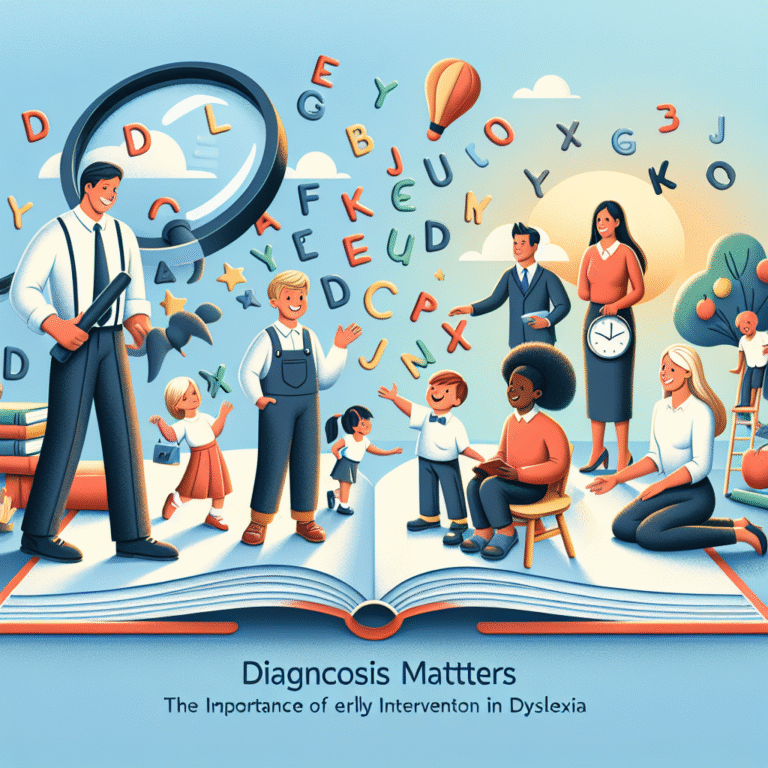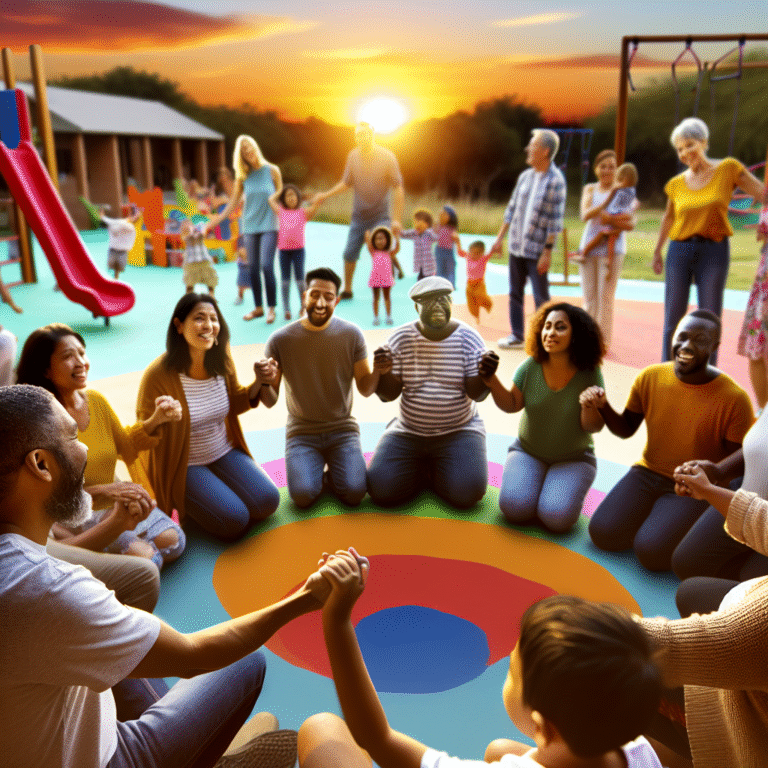
Introduction
Every day, countless individuals and families are impacted by Acquired Brain Injury (ABI). The stories of those who have endured such life-altering experiences are often filled with profound challenges but also remarkable resilience and triumph. Hope and Healing: Personal Stories from ABI Survivors not only sheds light on the personal journeys of these individuals but also encapsulates the power of human spirit, determination, and community support in facilitating recovery.
It is essential to understand that ABI does not solely alter the physical state of those affected; it profoundly influences emotional, psychological, and social dimensions of their lives. The narratives of survivors can amplify awareness and foster empathy, urging us toward a more supportive environment for recovery.
Throughout this article, we will delve into several compelling stories, supported by case studies, data, and insights from professionals in the field, showcasing how hope and healing interplay in the lives of ABI survivors. These narratives serve as not just accounts of survival but as beacons of inspiration, encouraging others facing similar challenges.
Understanding Acquired Brain Injury
What Is ABI?
Acquired Brain Injury (ABI) refers to any damage to the brain that occurs after birth, such as trauma from accidents, strokes, or infections. ABI can lead to a myriad of effects ranging from cognitive and emotional challenges to physical disabilities.
The Impact of ABI
The ramifications of ABI can be devastating—not just for the survivors but for their loved ones as well. The World Health Organization estimates that millions suffer from ABI each year, with an essential need for comprehensive rehabilitation and support systems that foster hope and healing.
Common Symptoms and Long-term Effects
| Type of ABI | Short-term Symptoms | Long-term Effects |
|---|---|---|
| Traumatic Brain Injury (TBI) | Confusion, headache, nausea | Memory loss, depression, anxiety |
| Stroke | Numbness, difficulty speaking | Paralysis, cognitive deficits |
| Infection (e.g., Encephalitis) | Fever, confusion, seizures | Behavioral changes, chronic fatigue |
The Power of Hope in Recovery
Defining Hope
Hope is not just a feeling; it encompasses the belief that a better future is possible. In the context of ABI recovery, hope serves as a critical component in motivating individuals to engage in rehabilitation efforts actively.
Case Study: Emily’s Journey
Emily, a 28-year-old architecture student, experienced a traumatic brain injury in a car accident. Initially, doctors warned her family that her chances of recovery were slim. However, Emily’s indomitable spirit and optimism became her allies in the long and arduous path of recovery.
Analysis
Emily’s commitment to physical therapy and her positive outlook inspired her family and healthcare providers. Her story exemplifies how hope can transform a seemingly dire situation into one of motivation and determination.
Healing: The Road to Recovery
The Rehabilitation Process
Rehabilitation involves a multidisciplinary approach, combining physical, occupational, and speech therapy, tailored to the individual’s needs. Survivors need access to specialized resources that can offer both practical and emotional support.
Case Study: Ben’s Rehabilitation Journey
Ben, a 35-year-old mechanic, suffered a stroke that left him with partial paralysis. What was critical in Ben’s journey was his connectiveness with a supportive community and his engagement in adaptive activities tailored to his new lifestyle.
Analysis
Ben’s case illustrates the vital role of community support in rehabilitation. He participated in local adaptive sports programs that not only enhanced his physical recovery but also allowed him to forge empowering connections with other survivors, demonstrating the profound effects of camaraderie on hope and healing.
The Role of Family and Community
Building a Support System
The recovery process is not undertaken in isolation. Family, friends, and community resources create a powerful support network that nurtures healing.
- Emotional Support: It’s crucial for loved ones to be educated on ABI and understand the emotional challenges that survivors face.
- Physical Assistance: Family members can assist in therapy exercises, ensuring that the survivor has the necessary encouragement and help to adhere to their recovery program.
Case Study: Lily and Her Family
Lily, a 42-year-old teacher, faced significant cognitive challenges following a brain injury. Her family’s dedication to engaging her in cognitive tasks and their positive communication strategies proved essential in her healing journey.
Analysis
Lily’s experience highlights how supportive family dynamics can bolster a survivor’s confidence and capacity for recovery. Her family’s role was not just in managing her conditions but in empowering her to reclaim her identity and hope.
Inspirational Stories of Resilience
From Darkness to Light: Real Stories of Survivors
Real-world narratives illustrate both the struggles and triumphs of ABI survivors.
– David’s Awakening
David was a successful businessman until a sudden brain injury changed everything. His road to recovery included a blend of cognitive therapy, practicing mindfulness, and reflecting on personal goals. Through this process, he discovered a passion for advocacy, using his experience to empower others.
– Sarah’s New Norm
Sarah’s story is one of adaptability. After losing her ability to walk due to an ABI, she turned to wheelchair sports. Her dedication not only rehabilitated her physically but forged newfound friendships, introducing her to the world of competitive sports.
The Healing in Sharing Stories
Sharing these stories—like those of David and Sarah—creates a ripple effect of motivation and hope among ABI survivors and their families. They highlight that healing is as much about mental resilience as it is about physical recovery.
Tools and Techniques for Healing
Cognitive Behavioral Therapy (CBT)
CBT has proven effective in addressing emotional challenges faced by ABI survivors. It provides tools for managing anxiety and depression, which often accompany recovery.
Mindfulness and Meditation
Practices such as mindfulness and meditation can significantly aid in emotional regulation, allowing survivors to manage stress and develop a greater sense of control over their situation.
Adaptive Technologies
Innovative technologies, such as speech-to-text software and cognitive rehabilitation apps, empower ABI survivors to enhance their communication and cognitive skills effectively.
Community Resources and Support Groups
Finding Resources
Accessibility to resources plays a significant role in the recovery process. Local organizations often offer support groups, workshops, and educational sessions aimed at survivors and their families.
The Importance of Support Groups
Support groups allow individuals to share experiences, provide emotional support, and create a sense of belonging. This connection mitigates feelings of isolation and fosters collective healing.
Case Study: Joining Hands Support Group
The Joining Hands Support Group is a community initiative that connects ABI survivors with shared experiences, offering structured sessions that build resilience through storytelling and peer support.
Analysis
This community-driven approach illustrates the importance of collective understanding and shared journeys, vital for healing and empowerment in ABI recovery.
Conclusion
The narratives shared in Hope and Healing: Personal Stories from ABI Survivors exemplify the profound resilience inherent in the human spirit. Hope serves as both a catalyst and sustainer through the turbulent waters of recovery. Each story illuminates pathways not just toward healing the body, but also nurturing the mind and soul.
As we reflect on these inspiring accounts, we are reminded of our capacity to uplift one another, to listen, and to advocate for comprehensive support that fosters healing. Everyone’s journey is unique, yet the threads of hope and healing resonate universally. Whether you are a survivor, a family member, or a caregiver, know that connection and support can light the path toward recovery that may seem daunting.
FAQs
1. What is Acquired Brain Injury (ABI)?
ABI refers to any brain damage occurring after birth, including traumatic injuries or strokes. It can impact cognitive and physical abilities, requiring comprehensive rehabilitation.
2. How can hope aid in recovery from ABI?
Hope fosters motivation, encouraging individuals to engage meaningfully in therapy and rehabilitation, ultimately leading to improved outcomes.
3. Are there specific therapies effective for ABI survivors?
Cognitive Behavioral Therapy (CBT), physical and occupational therapy, and mindfulness practices have shown promise in addressing emotional and physical challenges post-ABI.
4. What role do family and friends play in recovery?
Support from family and friends is vital—they provide emotional encouragement, assist in rehabilitation goals, and help create a nurturing recovery environment.
5. How can I find local resources for ABI support?
Local hospitals or rehabilitation centers often have directories of community resources, including support groups and educational programs for ABI survivors and their families.
The journey of recovery from an ABI can feel overwhelming, but the stories of hope and healing exemplified by survivors show that resilience is alive and well. With the right blend of support, determination, and resources, triumph is not just possible; it is achievable.

















